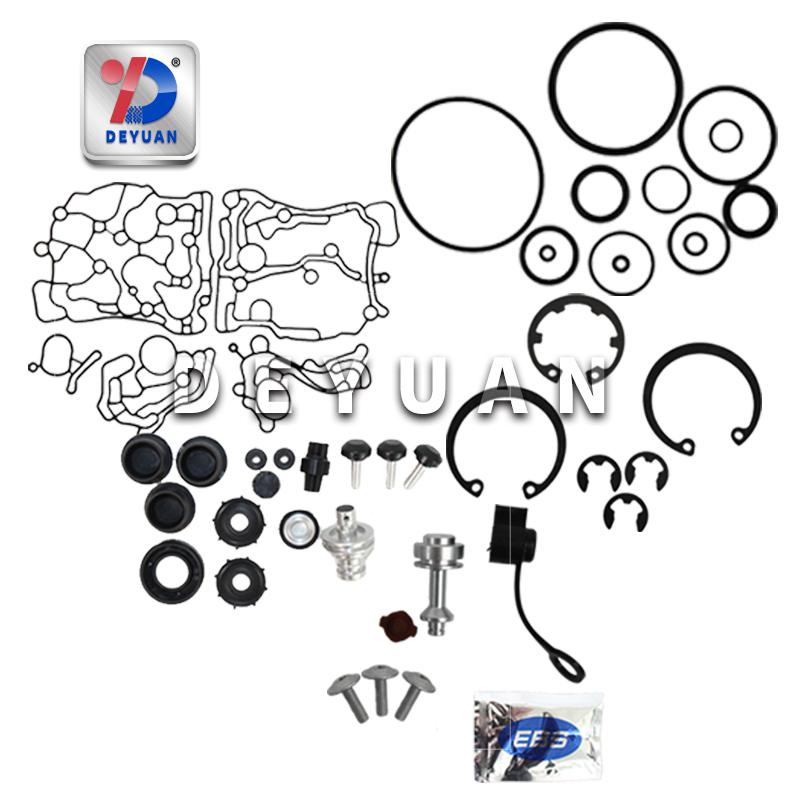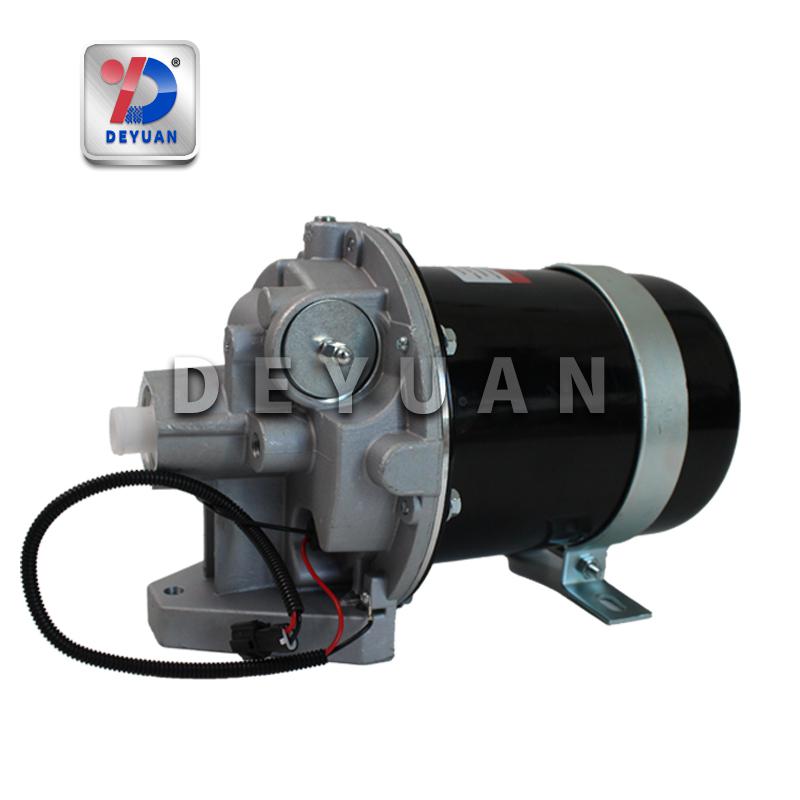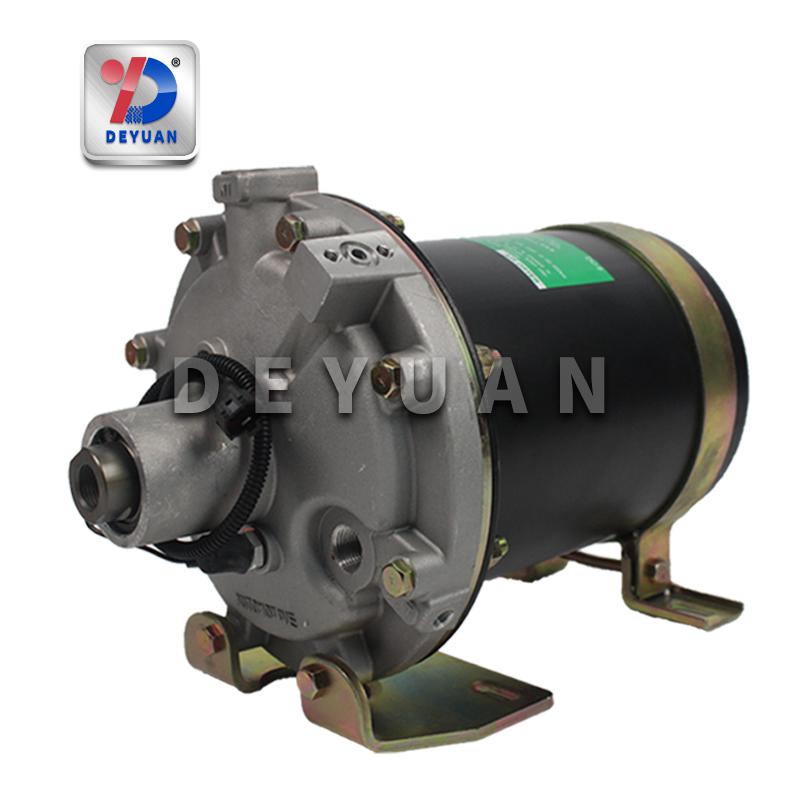December 17, 2024
The automotive dryer assembly is a device designed to eliminate moisture inside vehicles. Its primary operating principle involves controlling temperature and humidity to convert water vapor present in the humid air inside the vehicle into steam, thereby eliminating dampness and enhancing the comfort of the cabin environment.

The automotive dryer assembly primarily consists of the following components:
1. Heat Exchanger:At the heart of the automotive dryer assembly, the heat exchanger utilizes temperature conduction to transfer external heat to the humid air inside the vehicle, converting water into steam. Constructed from high-thermal-conductivity materials, it possesses excellent heat transfer properties, enabling rapid heat transfer to the wet air.
2. Fan:Another vital component, the fan generates airflow that blows the humid air inside the vehicle onto the heat exchanger, accelerating the evaporation process. Driven by an electric motor, the fan's speed and airflow volume can be adjusted to adapt to varying operating conditions and temperature requirements.
3. Control System:This system monitors and regulates the operating status of the automotive dryer assembly, including temperature, humidity, and fan speed. Comprising sensors, controllers, and actuators, it automatically adjusts the dryer's operating conditions to maintain the cabin humidity within an appropriate range.
The operational process of the automotive dryer assembly is as follows:
1. Startup:Upon vehicle ignition, the control system assesses the cabin humidity. If the humidity exceeds a preset threshold, it initiates the dryer's operation.
2. Heat Exchanger Heating:Once activated, the control system heats the heat exchanger to a specific temperature, typically during unmanned or unoccupied periods, leveraging residual heat generated during driving.
3. Air Circulation:After the heat exchanger reaches the set temperature, the fan commences, drawing in humid air and directing it over the heat exchanger. Simultaneously, the heat exchanger rapidly transfers heat to the wet air, facilitating evaporation into steam.

4. Steam Exhaustion: Over time, water vapor in the humid air converts into steam and exits the vehicle through exhaust vents. Gradually, the cabin humidity decreases, achieving a drier state.
5. Shutdown:When the cabin humidity falls below the preset threshold, the control system halts the dryer's operation to prevent over-drying.

In summary, the automotive dryer assembly eliminates dampness by converting internal moisture into steam through temperature and humidity control. It boasts rapid, efficient, and automated operation, enhancing cabin comfort and driving safety.